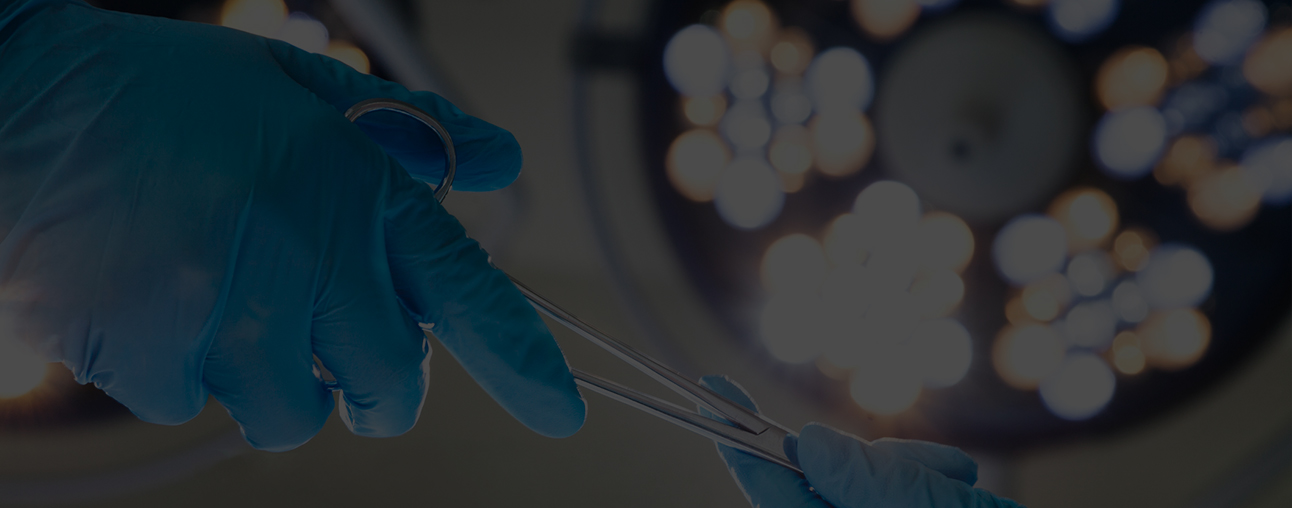

Symptoms include reduced sex drive, erectile dysfunction, fatigue, depressed mood, loss of muscle strength and mass, and increased fat, especially in the abdomen. Low Testosterone can also cause reduced bone density in men, which in more advanced cases can cause osteoporosis and an increased risk of fractures.
A number of studies also show that a Low Testosterone can be associated with an increased risk of diabetes or cardiovascular disease, and that treatment can be effective in restoring sexual function, improving mood and energy. Men who are treated will also often experience an increase in muscle, a decrease in fat mass, and improved bone density.
Treatment to restore Testosterone to normal levels may be considered in men who are both symptomatic and have a lowered Testosterone level. A number of checks need to be done before starting treatment - including prostate specific antigen (PSA), liver enzymes and haemoglobin levels.
Treatment options include Testosterone gels, patches, or injections, and close monitoring is required in the initial phase. If beneficial, the treatment can be continued in the long-term, and there is some evidence that a normal Testosterone is good for the general health and longevity of the ageing male.
The symptoms of testosterone deficiency can be quite non-specific, but a validated questionnaire on the Andropause Society website could help you decide whether you need to medical help:
QUESTIONNAIRE
 |
07552 775247 |
 |
office@rowlandrees.com |
 |
Follow us on twitter |

Company Registration in England and Wales Company Registration: 07712943
Registered Address: Station House, North Street,
Havant, Hampshire, PO9 1QU
Members of:





